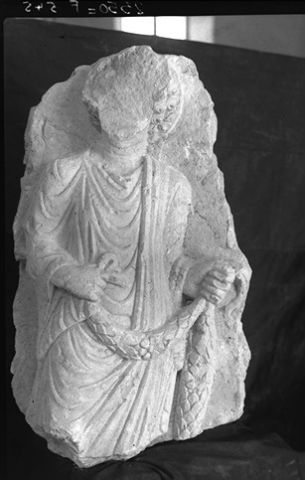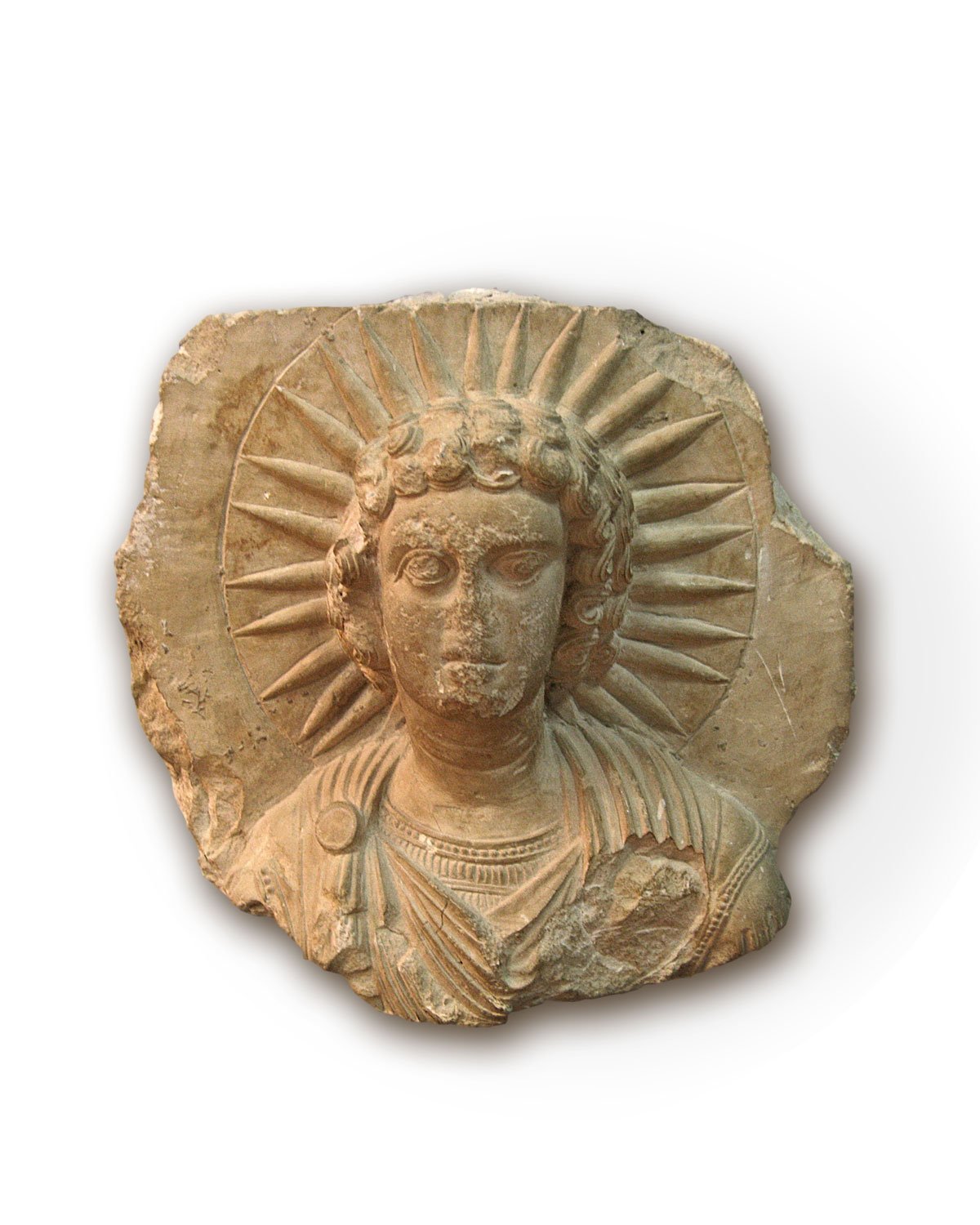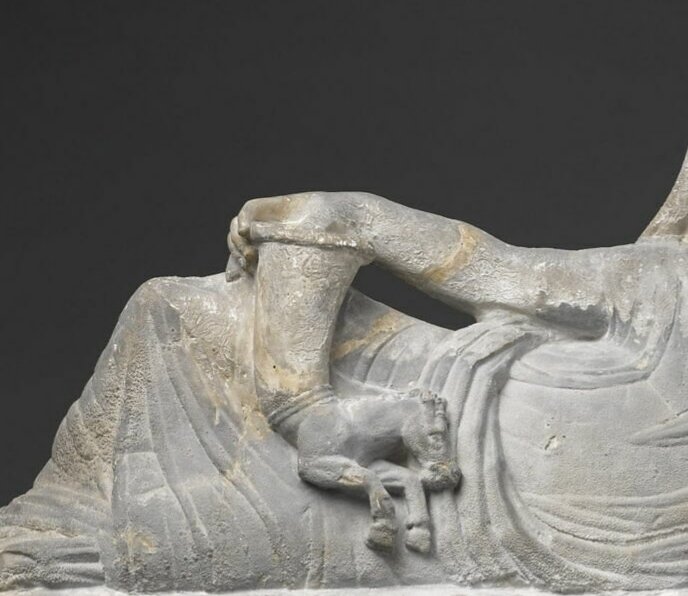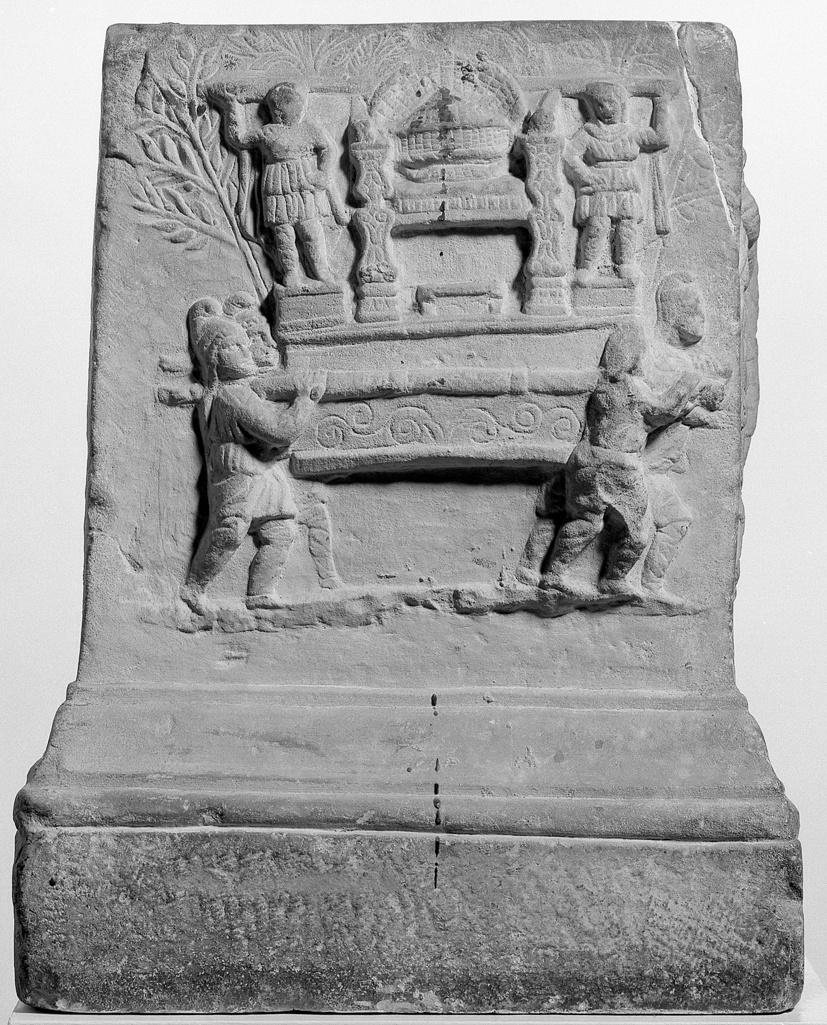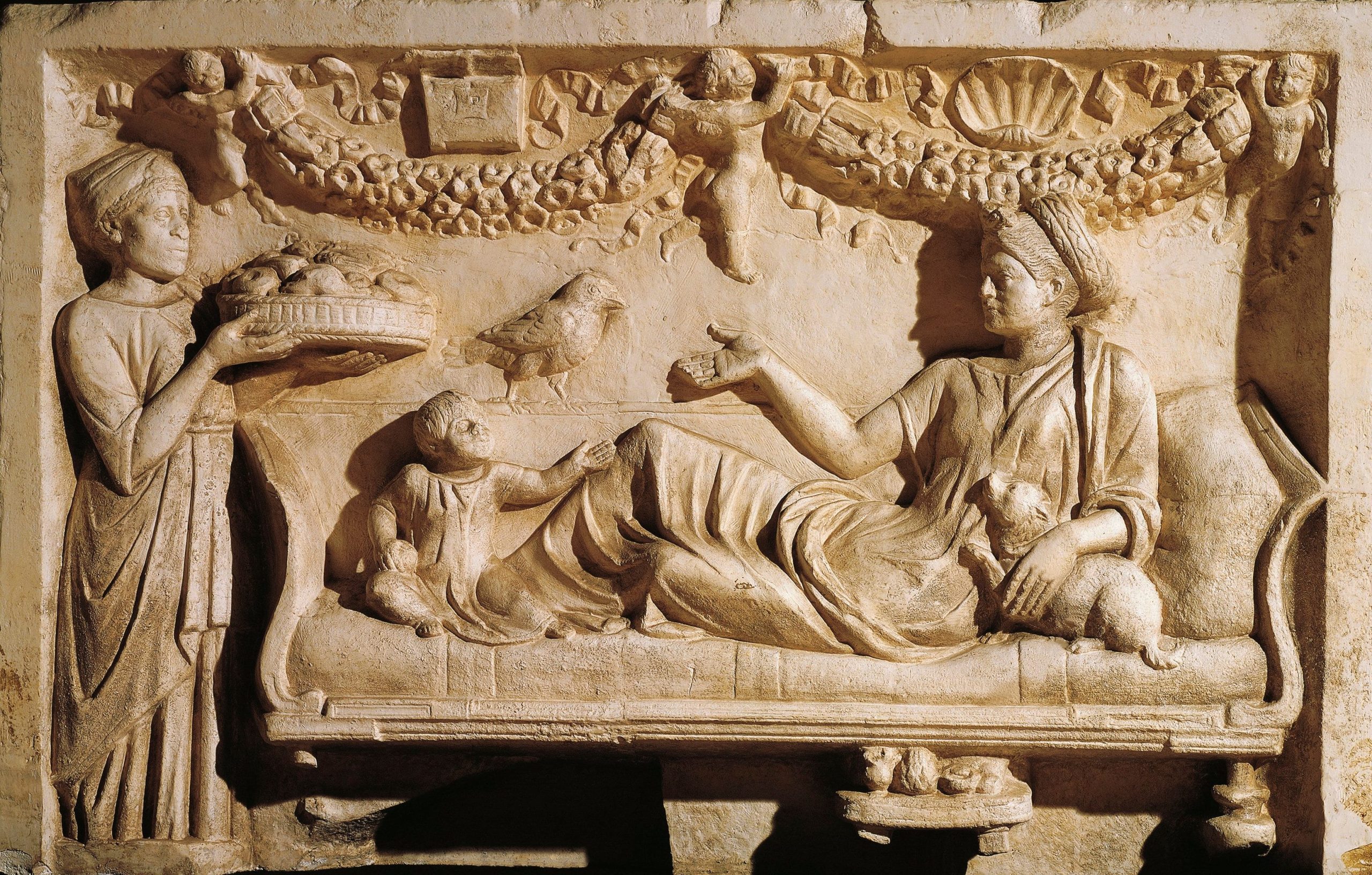In Anatolia, ash chests in the form of a small marble sarcophagus or a box are called ostotheke.


The most interesting are those in the form resembling the jewelry boxes.


©The Archaeological Exploration of Sardis

©The Archaeological Exploration of Sardis
The chest in the form of a house (Manisa 4084) “has at its top a slightly raised platform, in which a round hollow has been cut, and also a channel to the back of the stone. This may have been for the insertion of a statue in the top. The front of the chest has in the center a lock plate with imitations of four nails at the corners and a smaller and larger horizontal cutting for keys. The plate and nails are in shallow relief. At the sides and bottom, chiseled lines make a border. There is a projecting profile at top and bottom. The back of the chest is only roughly chiseled.”
SOURCES:
- Funerary Containers from Roman Sardis, Annetta Alexandridis, In:
Sculpture in Roman Asia Minor Maria Aurenhammer (Ed.), pp. 265-280. - Marble chest from a Roman grave, 1st-2nd C, Manisa Museum 4085 ©The Archaeological Exploration of Sardis https://sardisexpedition.org/en/artifacts/r2-227
- Marble chest in a house form, Roman, Manisa Museum 4084 ©The Archaeological Exploration of Sardis https://sardisexpedition.org/en/artifacts/r2-228
- Richter, G.M.A. 1966. The Furniture of the Greeks, Etruscans, and Romans. London: Phaidon Press
- FORTUNE, A BULL, AND TWO RAMS – A NEW OSTOTHEKE PROBABLY FROM EPHESOS https://halshs.archives-ouvertes.fr/halshs-02454202/document
- https://www.academia.edu/38200180/An_Ancient_Ostotheke_and_an_Early_Christian_Sarcophagus_Beyond_the_Provisioned_Function_in_Bulgarian_

